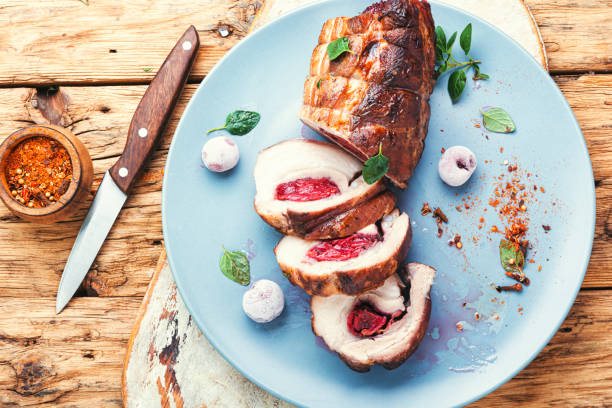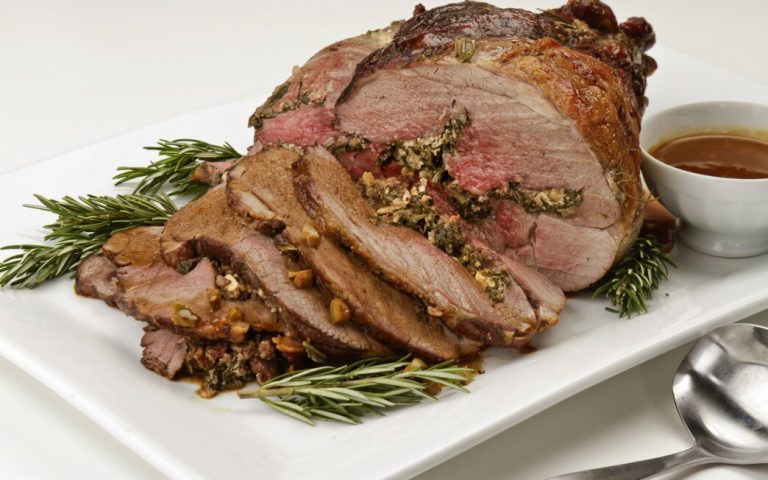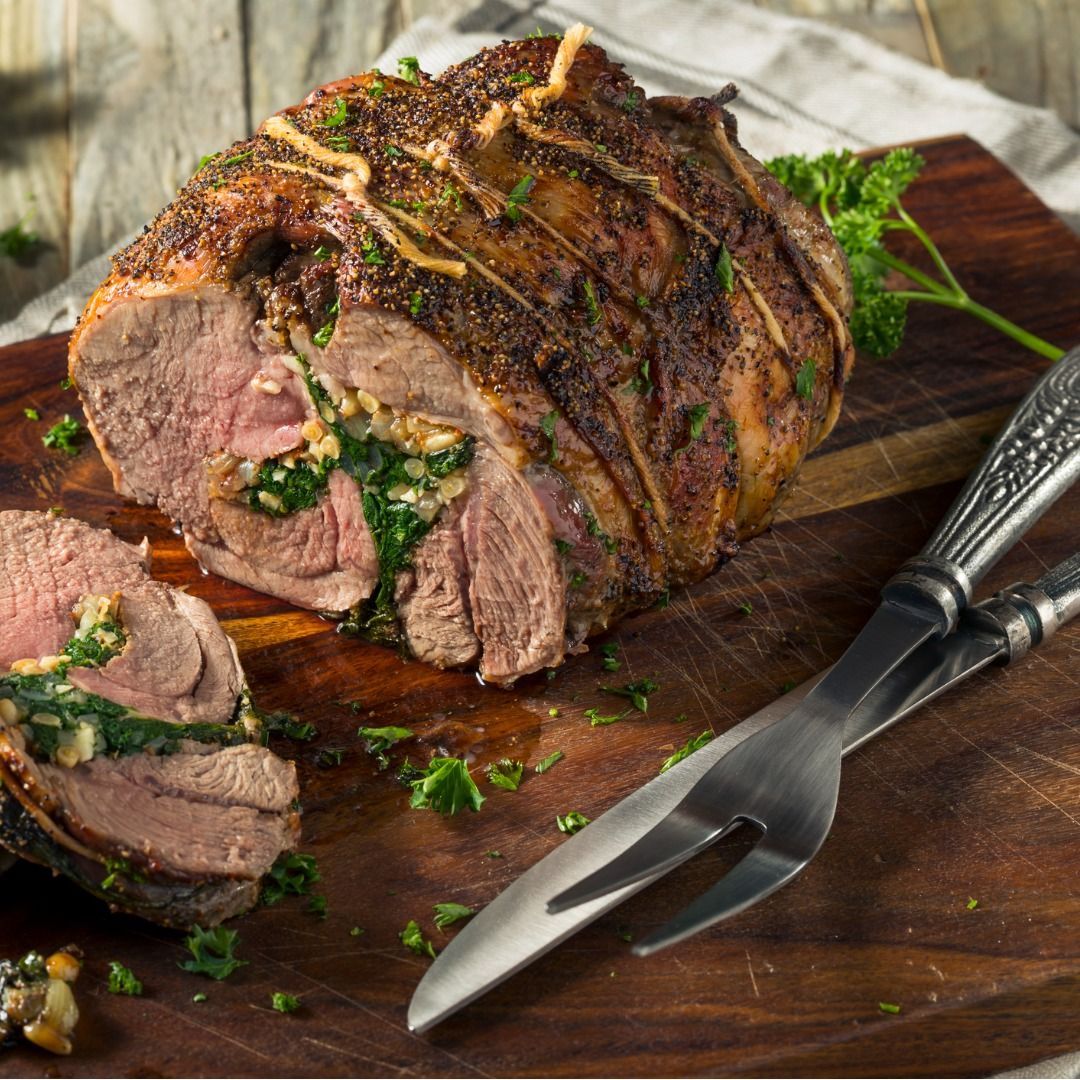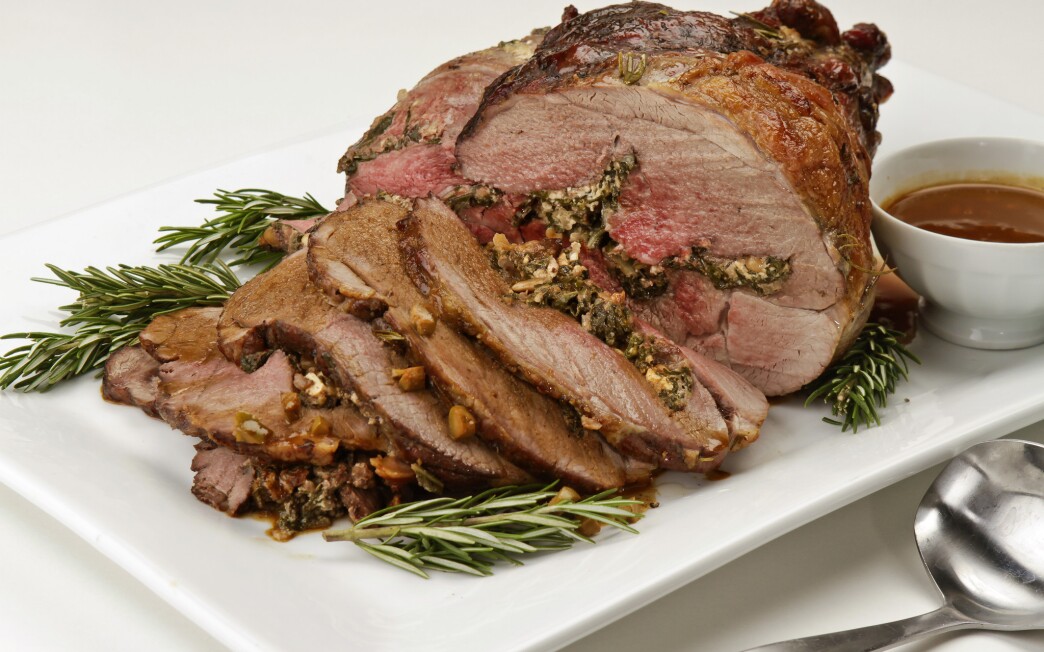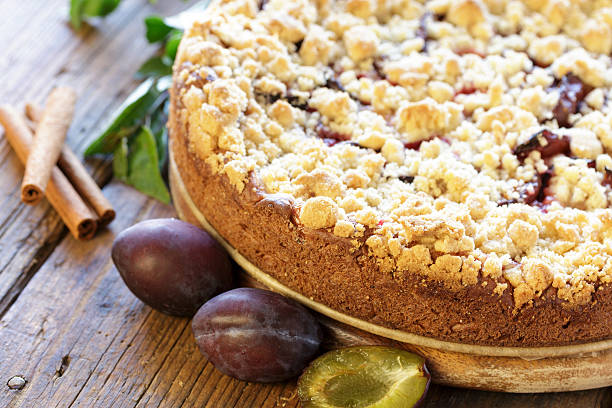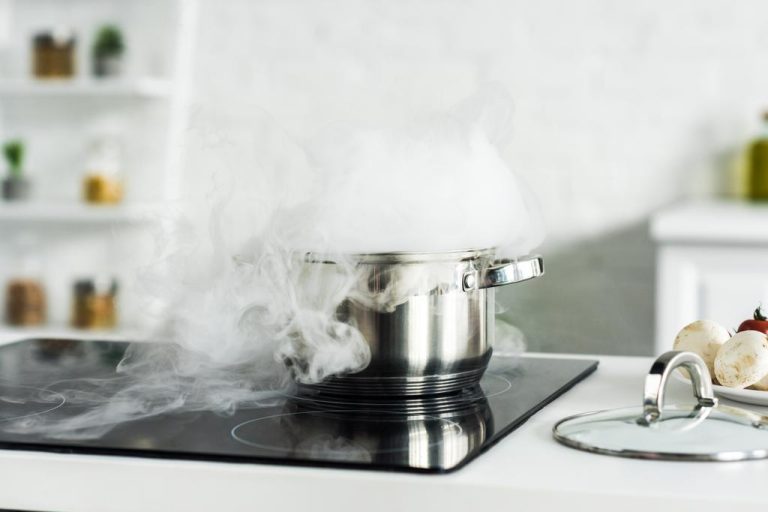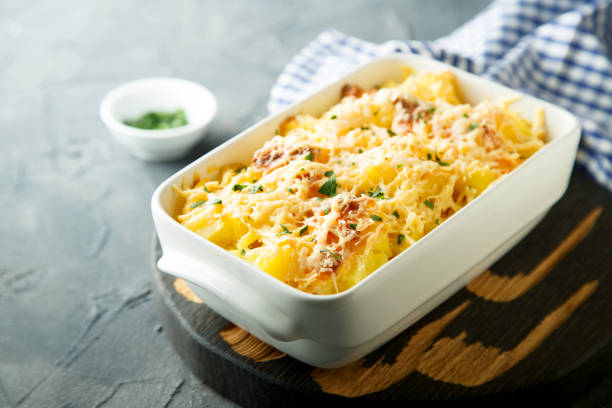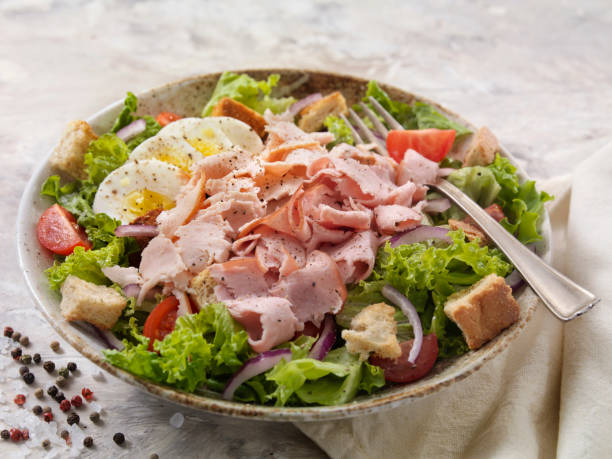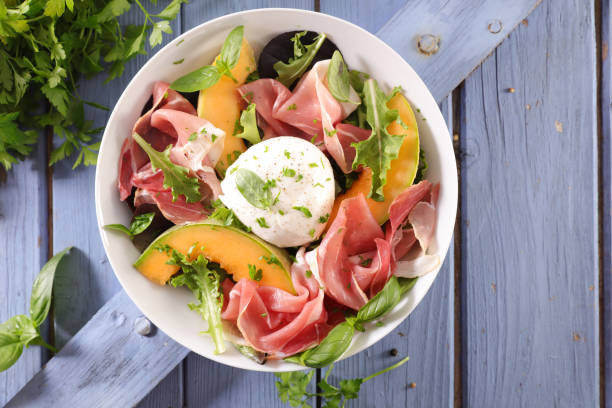The name derives from the beefsteak but describes something completely different – bifteki, the Greek minced steak. With this recipe, everyone can now bring a piece of Greece into their home.
Ingredients for 6 people

– 2kg mixed minced meat
– 5 tomatoes
– 1 small onion
– 1/2 head of garlic
– 1 egg
– 250g goat cheese
– approx. 350g gratin cheese
– 250ml broth
– 400ml cream
– Salt
– Pepper
– paprika powder
Preparation
- Place the ground beef in a large bowl. Season the meat with enough salt and pepper and mix it with the egg.
- Cut the garlic and onion into small pieces and add them to the meat mixture.
- Cut a cross in the stalk of the tomatoes and briefly place them in boiling water. Then the tomatoes are peeled. Two of the tomatoes are cut into small cubes and also added to the meat mixture. Now mix everything together.
- Form 12 small patties from the mass.
- The cheese is cut into 12 roughly equal pieces. A piece of goat cheese is pressed into each meatball.
- The meatballs are placed in a casserole dish and sprinkled with the gratin cheese. Finally, they are baked in the oven at about 180° for about an hour.
- For the sauce, you first need 250ml broth.
- The three already peeled tomatoes are added to the broth and mashed with a hand blender.
- First season with salt, pepper, and paprika powder. You can also add garlic if you like.
- Now add the cream to the sauce and taste it again, as the cream can soften the spices.
- Finally, add a shot of Metaxa (sherry is also suitable if necessary) to the sauce and let everything boil again. If the sauce is too thin, you can thicken it with flour or cornstarch.

Useful additional knowledge
Simple side dishes such as rice or boiled potatoes go particularly well with the gratinated bites. But Greek patatas keftedes are also great.



